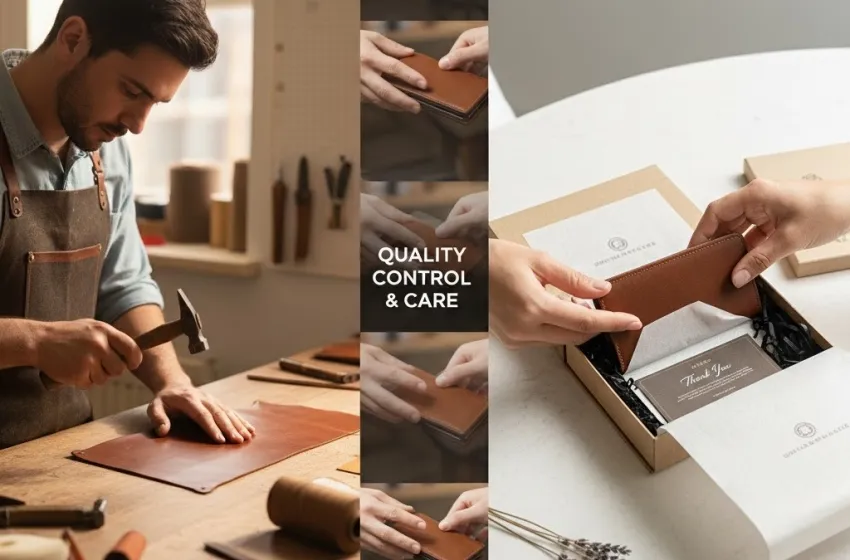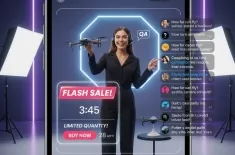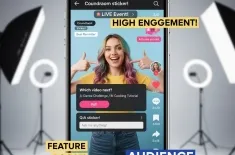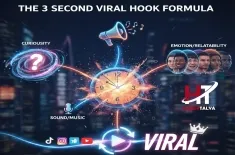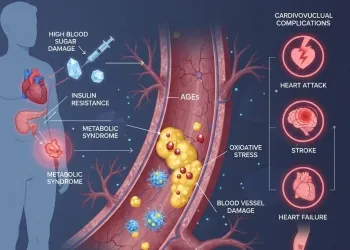Discover the transparent process: from concept to final packaging
The simple act of unwrapping a new purchase is rarely simple. It's the culmination of a journey—a meticulous process of ideation, creation, and presentation. In an age of mass production, consumers crave authenticity and connection. They want to peek behind-the-scenes and understand the true value of what they're buying, going far beyond the price tag. This content delves into the captivating narrative of product creation and the vital role packaging plays, revealing the heart and soul infused into every item before it reaches your hands.
Unveiling the Genesis: The Product Creation Journey
Every exceptional product begins with a spark. It could be solving a persistent problem, fulfilling an unmet need, or simply creating something beautiful. This initial stage is the blueprint of the brand story, where core values and product utility merge.
Ideation and Design: Where Dreams Take Shape
The journey starts in the design studio. This phase is intense, involving engineers, designers, and marketing strategists working in concert.
The focus is on functionality, aesthetics, and sustainability. For a high-end leather good, for example, designers obsess over stitch density, edge painting techniques, and the ethical provenance of the hide. Prototypes are made, tested rigorously, and refined through multiple iterations. This dedication to perfection is the first layer of the transparent process we aim to share.
Sourcing and Sustainability: A Foundation of Ethics
The choice of materials is a defining moment. Modern consumers don't just ask, "What is it made of?" but "Where does it come from?" and "Who made it?"
A conscious brand chooses partners who align with their values—be it a small cooperative supplying organic cotton or a local artisan providing hand-finished components. Sharing details about the origin of materials and the ethical standards of the factory injects a crucial human element into the product's story. It shifts the perception from a sterile commodity to a thoughtfully crafted item.
Manufacturing and Quality Control: The Art of Precision
This is the phase of transformation—where raw materials become the finished product. Manufacturing can range from the intricate hand-assembly of a luxury watch to the high-tech automation of a consumer electronic device.
Crucially, this stage includes stringent quality control (QC). Every single unit is inspected for flaws. This attention to detail isn't just about avoiding returns; it’s a non-negotiable component of the brand's promise. It showcases the care and effort behind the purchase.
The Visual Story: A Satisfying Time-Lapse of Production
To powerfully convey this quality and care, a brand should invest in visual storytelling. Imagine the following:
A satisfying, time-lapse video of the product being made or packaged to highlight quality control, care, and the effort behind the purchase.
This video is a powerful piece of content. It could show a worker meticulously aligning components, a machine precisely cutting a pattern, or a master craftsperson applying a final, delicate touch.
Visual Storytelling Elements: The camera focuses on the hands, the precision tools, and the quiet concentration of the workers. The fast-paced, rhythmic nature of the time-lapse turns the manufacturing process into a mesmerizing dance of dedication. The final shot is a close-up of a product passing the QC check—a definitive nod of approval.
This content serves a dual purpose: it entertains and educates. It validates the customer’s decision, allowing them to feel pride in supporting a product where the human element is valued and quality is paramount. It’s an effective antidote to the anonymity of modern retail.
Packaging: The Final Act and the Start of the Emotional Connection
Packaging is no longer a protective necessity; it is a critical marketing tool and an integral part of the product experience. It serves as the physical transition between the brand's world and the customer's home.
Designing the Presentation: Beyond the Box
The design of the packaging is the final extension of the product's design language. It must protect the item while communicating the brand's aesthetic
Choosing sustainable, easily recyclable materials is a modern imperative. Brands now opt for custom-fit internal structures that minimize material waste and eliminate unnecessary plastic. This reinforces the transparent process by showing that ethical considerations extend even to the wrapping.
The Unboxing Prep: Crafting the Reveal
The moment the customer opens the package—the unboxing—is a crucial moment of truth. Brands must deliberately craft this experience, treating the interior of the box as a stage.
Unboxing prep involves strategically layering elements:
- The Scent: A subtle, branded aroma (think fresh cedar or clean linen) can create a powerful, subconscious emotional connection.
- The Textures: Tissue paper, velvet pouches, or embossed cardstock add a tactile luxury.
- The Narrative Inserts: A thank you note, a small pamphlet detailing the origin story (reinforcing the behind-the-scenes narrative), or instructions printed on high-quality stock. These elements personalize the interaction and deepen the brand-consumer relationship.
The goal is to turn a transaction into a ritual, a moment of profound consumer satisfaction. The effort put into the package subtly communicates the effort put into the product itself.
Shipping and Logistics: The Journey to the Door
The final leg of the journey is logistics. A great product and perfect packaging can be undermined by poor delivery.
Even in this practical stage, the brand's values must shine through. Choosing carbon-neutral shipping partners or using optimized box sizes to reduce freight space reinforces the commitment to a complete, transparent process.
The Enduring Impact of Storytelling
By consistently pulling back the curtain and sharing the behind-the-scenes effort, brands achieve more than just sales—they forge loyalty. The brand story becomes a shared narrative between the creator and the consumer. When a customer understands the human element, witnesses the quality control in a time-lapse video, and feels the care in the unboxing prep, they move from being a simple buyer to a dedicated advocate. This emotional connection transforms the purchase from a simple commodity exchange into a meaningful investment. The true price of the product is not just the dollars spent, but the value of the craftsmanship, ethics, and care it represents.
